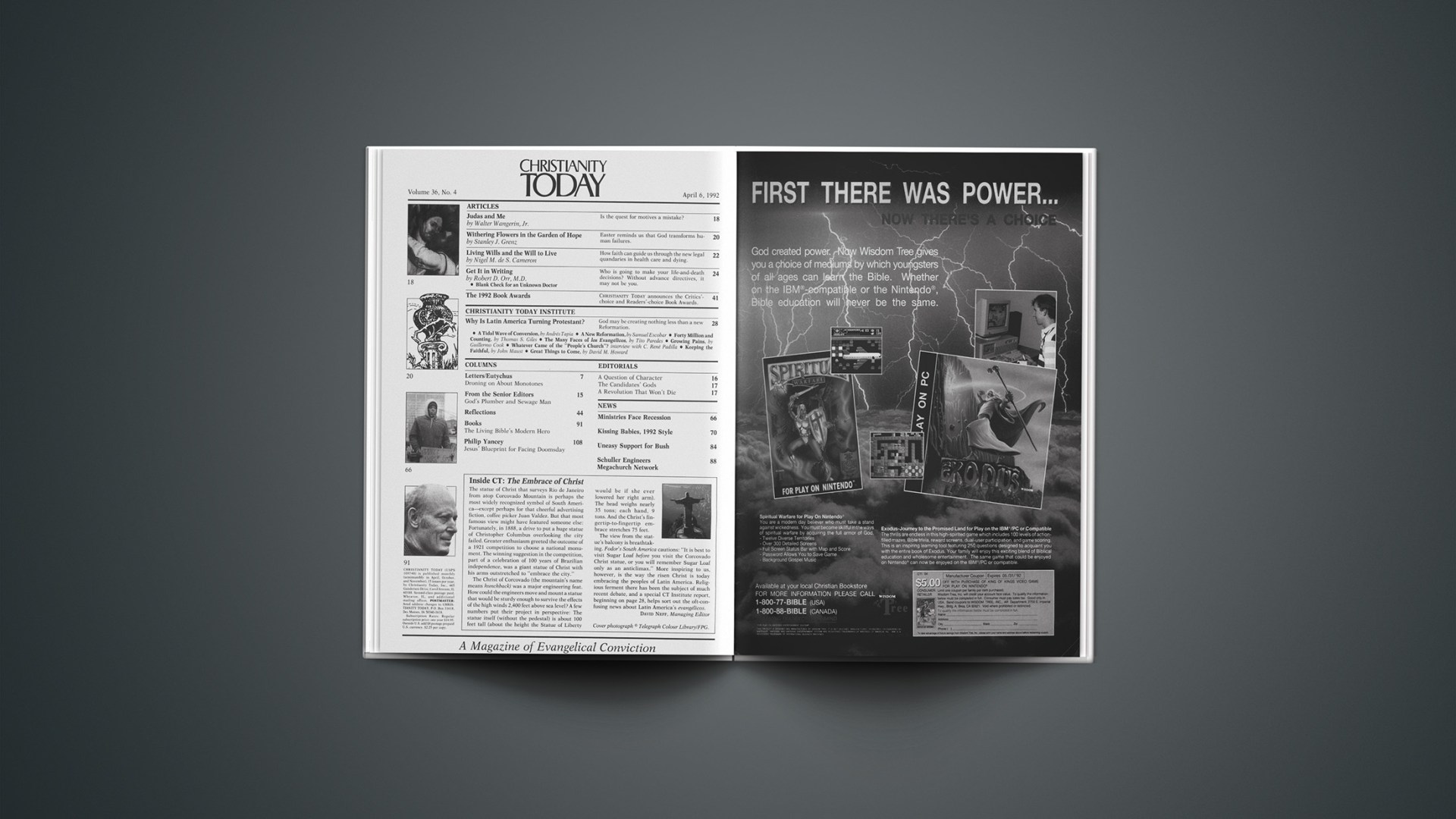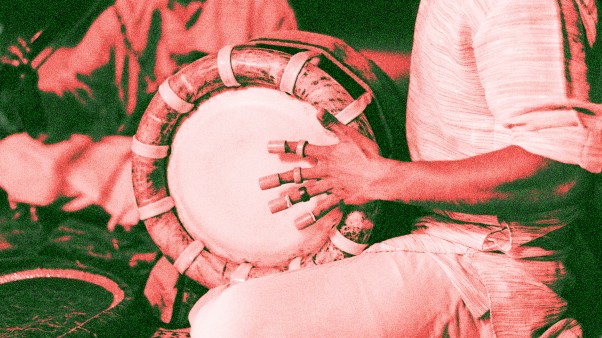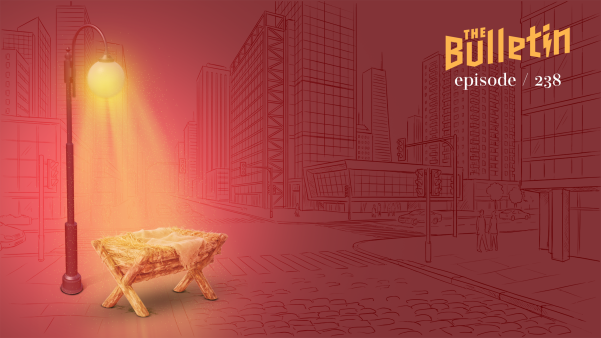The statue of Christ that surveys Rio de Janeiro from atop Corcovado Mountain is perhaps the most widely recognized symbol of South America—except perhaps for that cheerful advertising fiction, coffee picker Juan Valdez. But that most famous view might have featured someone else: Fortunately, in 1888, a drive to put a huge statue of Christopher Columbus overlooking the city failed. Greater enthusiasm greeted the outcome of a 1921 competition to choose a national monument. The winning suggestion in the competition, part of a celebration of 100 years of Brazilian independence, was a giant statue of Christ with his arms outstretched to “embrace the city.”
The Christ of Corcovado (the mountain’s name means hunchback) was a major engineering feat. How could the engineers move and mount a statue that would be sturdy enough to survive the effects of the high winds 2,400 feet above sea level? A few numbers put their project in perspective: The statue itself (without the pedestal) is about 100 feet tall (about the height the Statue of Liberty would be if she ever lowered her right arm). The head weighs nearly 35 tons; each hand, 9 tons. And the Christ’s fingertip-to-fingertip embrace stretches 75 feet.
The view from the statue’s balcony is breathtaking. Fodor’s South America cautions: “It is best to visit Sugar Loaf before you visit the Corcovado Christ statue, or you will remember Sugar Loaf only as an anticlimax.” More inspiring to us, however, is the way the risen Christ is today embracing the peoples of Latin America. Religious ferment there has been the subject of much recent debate, and a special CT Institute report, beginning on page 28, helps sort out the oft-confusing news about Latin America’s evangélicos.
DAVID NEFF, Managing Editor
Cover photograph © Telegraph Colour Library/FPG.










